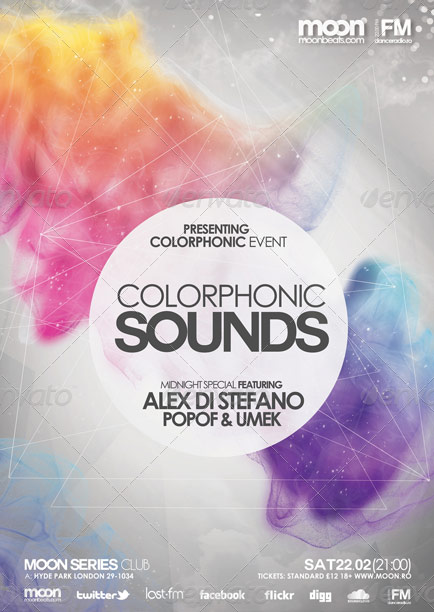Algebra Analyzing Probability
About ten lectures and two to three tutorials or classes per week. "The Mathematics course is absolutely incredible and helps you solve problems on a regular basis that I am awestruck by. Further practicals on computational math (first semester) and the study of numerical analysis (if chosen) It is a great idea to attend lectures in order to understand the basics and then fill out worksheets on the subject.1 An average week (Years 3 and 4) I’m sure that for I, for the moment, the best and most enjoyable aspect of mathematics is solving issues particularly when they’ve been initially difficult or difficult to resolve This is at the very heart of the subject. Sixty-ten lectures and two classes every week, based on the options you choose to take The compulsory dissertation is due in the fourth year.1 I chose to study mathematics at university since I’m passionate for the subject and was looking to gain more understanding of the beauty it has.
Tutorials typically consist of 2-4 students with a teacher. I’ve noticed that the course really challenged the limits of what believed I could accomplish that is very rewarding." CHRIS "Studying mathematics at Oxford has been an enormous departure from A-Levels, however I’ve been thoroughly enjoying it.1 The size of the class can vary based on the option you select. I particularly love the tutorials, as they offer great opportunities to solve the issues you and your teacher have trouble with, and ask questions that will help you to develop as mathematicians." The BETH. The typical class size is 8-12 students, though classes for certain of the most popular papers could be more.1
Mathematics. The majority of tutorials, classes and lectures are taught by tutors who are experts in their field. The typical work week (Years 1 and 2) They are experts from around the world who have years of experience in the field of teaching as well as research. A total of ten lectures, and two or three tutorials or classes each week.1 The teaching can also be taught by postgraduate students, who are typically working towards doctoral degrees. Other practicals include computational math (first second year) and the study of numerical analysis (if completed) For more information on the way our teaching year is organized, check out the Academic Year page.1 The typical work week (Years 3 and 4) Course structure.
Six-ten lectures and two-four class each week, dependent on the choices made for Examinery for a compulsory dissertation during the fourth year. Two Mathematics degrees: one of which is a three year BA as well as the 4-year MMath. Tutorials usually consist of 4 students and a instructor.1 The decision on whether to continue to the fourth year don’t need to be taken prior to the end of third year. Classes can be different based on the type of course you select. The first year is comprised of fundamental courses in applied and pure math (including the statistical aspect).
It is typical to have 8-12 students.1 The options begin in the second year in the fourth and third years providing many courses, which include options from other disciplines. However, classes for some of the most well-known papers might be bigger. COURSES.
Most tutorials, classes and lectures are conducted by instructors on their respective fields.1 Algebra Analyzing Probability, and Statistics Geometry Dynamics Multivariable Calculus. Some are world-class experts with decades of experience conducting research and teaching. ASSESSMENT. There are also classes given by postgraduate students that are generally doing research at the doctoral level.1 Examinations for the first university exams Five compulsory papers; Computational maths projects. To learn more about the way in which our teaching calendar is organized, go to the Academic Year page.
COURSES. Course structure. Compulsory Core: Algebra Complex analysis Metric spaces Differential equations.1 The two degrees are Mathematics degrees: The three-year BA or the 4 year MMath. ASSESSMENT. It is important to note that decisions regarding the continuation of the fourth year don’t need to be made in the 3rd year.
Final University exams, Part I: Three core exams and seven or six optional papers. The first year comprises the core classes in applied and pure mathematical sciences (including Statistics).1 COURSES.
Optional courses begin in the second semester, which is followed by the 3rd and 4th year offering an array of classes, with options that include maths outside of mathematics. A wide range of subjects, including: Algebra; Applied and numerical analysis; Algebraic and differential geometry; Algebraic and analytic topology; Logic and set theory; Number theory; Applied probability; Statistics; Theoretical and statistical mechanics.1 COURSES.
Mathematical Physics; Mathematical biology; Mathematical Geoscience; networks; Combinatorics information theory Deep Learning; Mathematical philosophy; Computer Science options; The history of mathematics thesis in the fourth year is a requirement. Algebra Analysis Probability as well as Statistics Geometry Dynamics Multivariable Calculus.1 The above options are examples and subject to change. ASSESSMENT.
The complete list of current options can be found at Mathematics’ website. First University exams 5 compulsory papers Computational mathematical projects. Mathematics website. COURSES. ASSESSMENT. Compulsory fundamentals: Algebra Complex analysis Metric spaces Differential equations.1 The third year of the program: university examinations Part B: Eight exams or equivalent.
ASSESSMENT. Fourth year: The final university exams, Part C: Eight, nine or 10 papers or equivalent, which includes a dissertation. Final University exams, Part Acomprises three fundamental examinations and six or seven optional ones.1 Classification of Parts B and A is currently an overall 2:1 score over Parts A and B and an overall 2:1 for Part B by itself is the minimum requirement to move to Part C. COURSES.
MMathPhys Year 4 The Physics as well as Mathematics Departments together offer an integrated master’s-level program in Mathematical and theoretical Physics.1



















Comments
This post currently has no comments.